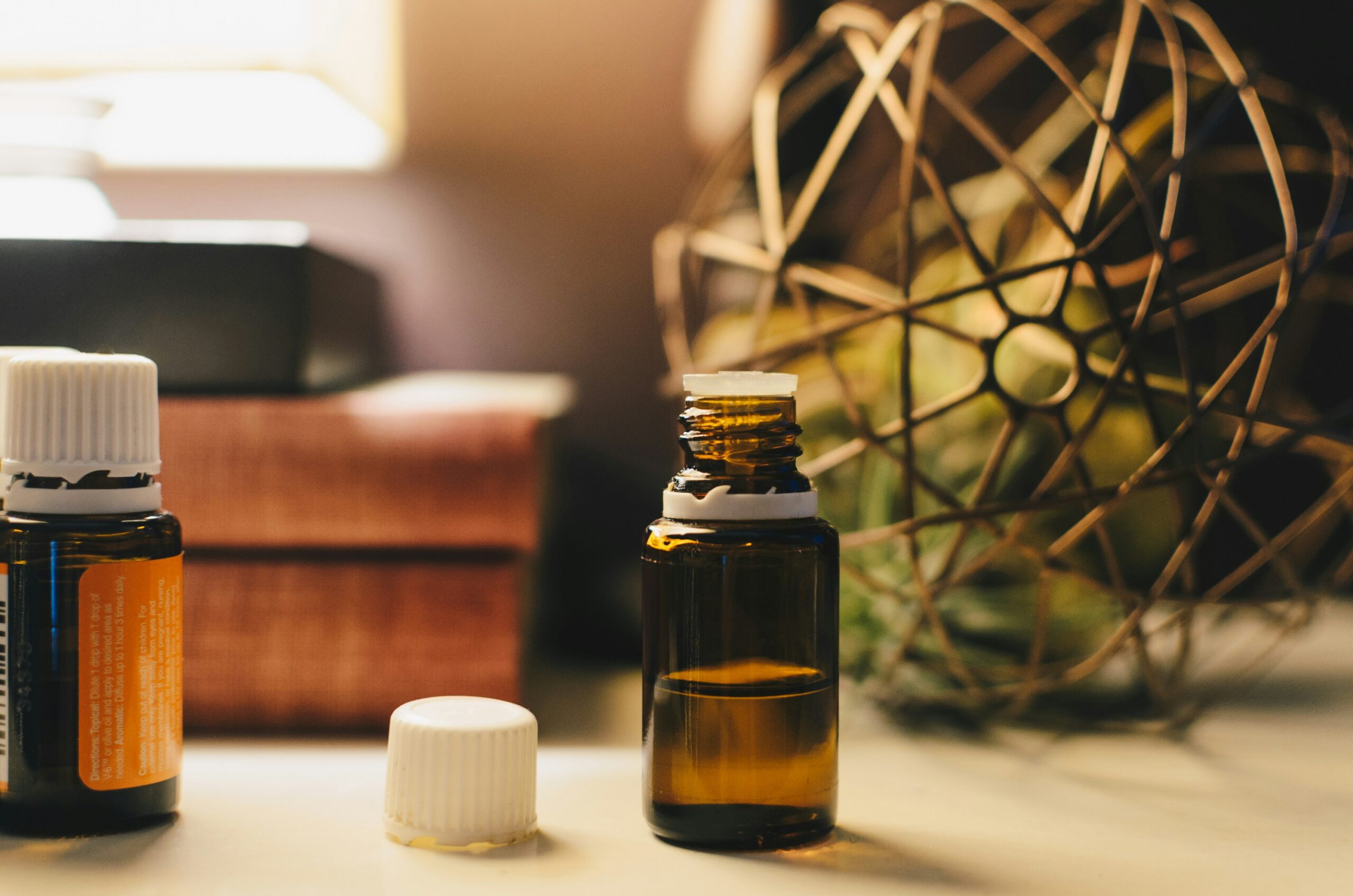In a world dominated by social media platforms, the Surgeon General’s Proposal seeks to shed light on the profound influence of these online networks on public health. Let’s delve into how our digital interactions are shaping the well-being of individuals and communities worldwide.
The Surgeon General’s Call to Action

Surgeon General Vivek Murthy recently grabbed headlines with his bold proposal to slap warning labels on social media platforms, much like those on tobacco products. Murthy’s op-ed in The New York Times sparked a much-needed conversation about an issue he describes as a “mental health crisis among young people.” According to Murthy, social media is a significant contributor to this escalating emergency.
The Why Behind the Warnings
Murthy’s proposal aims to ensure that parents and adolescents are constantly reminded that social media has yet to be proven safe. Drawing parallels to tobacco warning labels, which have proven effective in raising awareness and changing behaviors, Murthy argues that similar measures could make social media a safer space. By implementing warning labels, the goal is to shield youngsters from online harassment, abuse, and harmful content, which are rampant in algorithm-driven feeds.
Legislative Hurdles and Potential Solutions
Murthy’s call to action is now in the hands of Congress. The hope is that bipartisan support will help enact legislation to introduce these warning labels. A hearing in January featured executives from major social media companies like Meta and Snap, where senators voiced the need for federal safeguards.
Meanwhile, individual states aren’t waiting around. Utah, for instance, was the first state to limit teenagers’ access to social media sites, setting a precedent for others to follow.
The Experts Weigh In
This proposal has elicited a range of reactions from experts.
- Kara Alaimo, an associate professor of communication, believes a warning label would serve as a critical “wakeup call” for parents.
- Humor columnist Rex Huppke agrees that social media sites are “toxic digital cesspools” that should perhaps be banned altogether.
The Voices of Parents
Parents also have strong opinions on the matter. Rex Huppke, for example, passionately supports the idea, labeling social media platforms as akin to digital “asbestos.” However, he raises a pertinent question: “What about guns?” His pointed remark suggests the need for broader protective measures.
The Numbers Speak Volumes
According to the American Psychological Association (APA), 41% of teens who use social media extensively rate their overall mental health as poor or very poor. This alarming statistic underscores the urgency of Murthy’s proposal.
Social Media’s Double-Edged Sword
However, it’s not all doom and gloom. While social media’s risks are real, it also offers several benefits. For instance:
- It can help alleviate loneliness, a growing epidemic in its own right.
- It offers a platform for personal expression and access to information.
- It can be a valuable source of support for those in need.
Guidance for Parents
Experts offer several strategies for parents to limit their children’s social media use. These include:
- Introducing a “dumb phone” first.
- Signing social media contracts and setting clear rules.
- Organizing offline activities.
- Ensuring devices are put away at night.
The Middle-Ground Approach
Natalie Bazarova, a professor of communications, suggests a balanced approach. Rather than an outright ban, she advocates for gradual and supervised immersion into the world of social media. “You cannot just expect that the kids will jump into the world of social media and learn how to swim on their own,” she notes.

